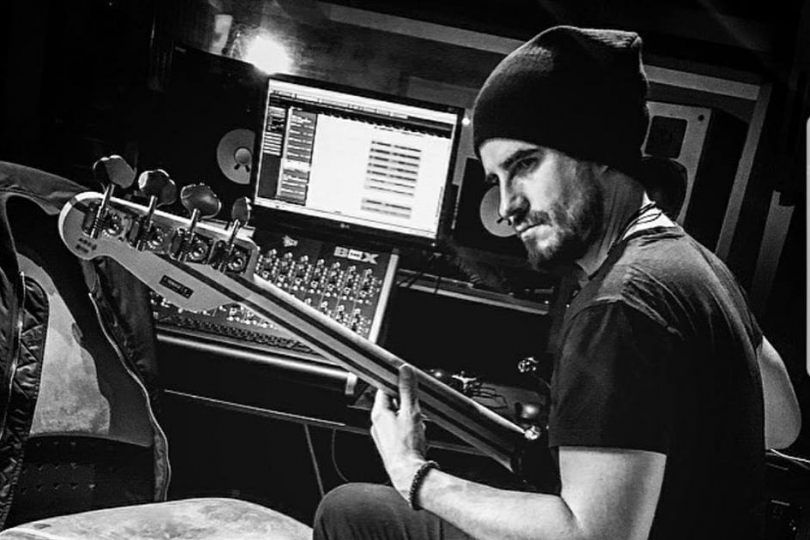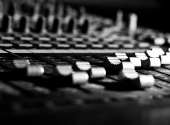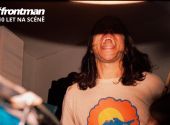
3 Ways To Make a Professional and Proper Bass Guitar Recording
We all know that bass is as fundamental to music as hops are to beer, bacon to a pig, or cirrhosis to a liver. What are the best options for capturing its sound in the studio? Let's take a look at the three most commonly used methods of recording bass: DI box, the amplifier's built-in DI, or using microphone in front of the cabinet.
1. DI in the studio
DI or Direct Input is that mysterious box you find in every studio. Its job is to transform your "hot unbalanced" signal from the instrument into a "low-impedance balanced" signal that goes into the recording device or mixing board. But that's not important to us. The important thing is that—assuming you have a quality instrument, pickups, strings, cable, and most importantly playing technique and feel—you end up with a solid bass sound. This is the easiest and most professional way to achieve a quality bass sound on a recording.
Benefits:
Easy installation, professional result, abundant post-production options (re-amping, compression, EQ, distortion, etc.), works for all musical styles and compositions.
Disadvantages:
Sterile sound when recording, you can hear every fret and flaw, lack of dynamics and natural response of the amplifier, speakers, effects. . . simply everything you are already accustomed to is you play in a band.
2. DI from the amplifier
It works just like a classic independent DI that you use live or in the studio, only you have it embedded right in the amplifier. In most cases, this is the XLR output on the rear panel. On more sophisticated amplifiers, you have options to switch the output gain, a Lift/Ground function in case of unwanted mains noise and hum, and Pre/Post for the ability to send a signal with the equalization section of the pre-amp or just the clean signal from the power amp.
Benefits:
It's a sound you know (you hear your amp and it plays better), easy installation, rich post-production options.
Disadvantages:
Usually doesn't achieve the sonic qualities of a studio DI, may not work for all playing situations, even with the Pre function on (i.e. sound only from the power amp, no preamp corrections) it is a preset sound from the manufacturer—each amp has its own typical sound character, which can be an advantage but also a disadvantage.
3. Microphone
We mean a microphone that picks up the sound from your speaker. This is where creative sound engineers and producers can really shine. They can experiment endlessly with the brand and type of microphone, the distance and angle to capture the sound, the positioning in the room, etc. Today, one could say that it is almost a luxurious form of capturing bass sound, as it brings with it a number of complications such as crosstalk from other instruments, the need for additional equalization and adjustments, buzz and unwanted noises, etc.
Benefits:
Authentic sound and character of the player's tone, dynamics, unique creative possibilities, magic.
Disadvantages:
More complicated installation and setup, technical challenges like crosstalk, noise and hum, phase, etc., doesn't have universal sonic application—won't fit every genre of music.
4. Combined solution
If you're picky when it comes to your sound and you want something really special, you can combine the three above methods at will, and even enrich them with the application of popular plug-in effects in post-production. So it may well be that your bass setup in the studio will result in five independent tracks for the sound engineer—the DI, the DI from the amplifier, the mic at the top speaker, the mic at the horn, and the distorted signal from the effect box. It looks nice, but it can be hell to then check all five tracks in combination with the other instruments on the recording (especially the drums and guitar) to see which combination works best. In my experience, you usually pick two tracks that are mixed in the desired ratio so that the sound connects frequency-wise with the kick drum, asserts itself next to the guitar, and creates the solid lower mid-range the recording needs.
If you have found an error or typo in the article, please let us know by e-mail info@insounder.org.



